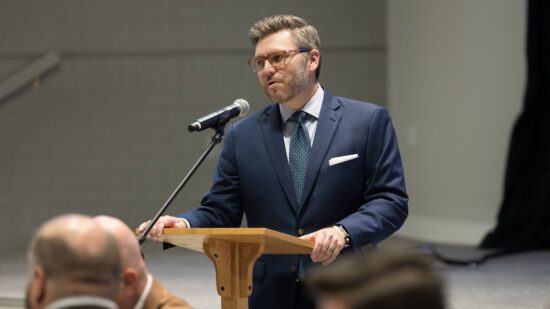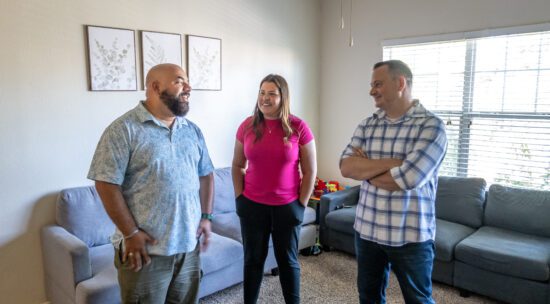Will churches return to the Sunday morning status quo when COVID-19 passes or can the liturgy of quarantine persist to breath new life into our church communities?
It's been a defining month for the future of the Church in the United States. Forced to cancel services after CDC guidance to restrict gatherings of more than 50 for at least eight weeks, churches across the country restructured and revamped on the fly. The creativity and resiliency of the vast majority of church bodies in this time is beautiful—and a testament to their commitment to “be” the Church, rather just inhabit a building.
They wasted no time mourning the loss of in-person meetings, instead launching into what my pastor called “church-plant level work” and “doing things we’ve never done before.” Rest assured, pastors, staff, and many church members are working overtime right now.
Creative online outreach tactics have bloomed beautifully in less than a month, as churches cultivate ways to connect and commune with members more than ever before. Live-streamed services posted hourly on Sundays, daily Facebook live broadcasts, Zoom calls with small groups, email check-ins, phone calls for prayer requests, and podcasts with tips for staying connected notify our phones, fill up our calendars, and overwhelm us with connection.
They’ve also powered neighborliness into high gear, some churches immediately convening community meal services for vulnerable children, others offering free, safe childcare and sign-up sheets to pick up groceries for the elderly.
While physically disconnected, I’ve never felt so socially anchored to my church family as in the past weeks. I’ve also never had so many opportunities to serve so blatantly set in front of me. It encapsulates the way churches should be thinking when we return to normal life. How can we, as a Church body, collect and maintain the unique ways of outreach we are uncovering in this time?
The coronavirus has forced churches to take a close look at their own functioning health, to examine the gaps in community and restore understanding of the Church as God’s people, rather than a building. It’s no secret that church attendance in many denominations in the U.S. has been shrinking for years. Rather than stress about losing even more members after this crisis ends, churches have an opportunity to pave a new pathway with the habits and practices they adopt to connect right now.
Many evangelical churches were already beginning to show promise prior to the virus. LifeWay Research found that 42% of these kinds of churches were already growing—and that may be connected to their typically smaller, hyper-local, missional focus. Because of the virus, all churches have been forced to hyper-connect with their communities in creative ways. The crash course in connection can become a foundational lesson for the future if they allow it too.
What’s happening now—the daily check-ins, extra attentiveness to the vulnerable, and efforts to provide for tangible needs in the moment—can be a guiding force when pews are open to the public again. In Acts 2, the Church is called to the daily teaching, fellowship, breaking of bread, and prayer. Believers were “together and had everything in common . . . giving to anyone who had need.” When the Church acted on these things, the Bible says, “the Lord added to their number daily those who were being saved.”
It wasn’t Sunday morning that did the trick. It’s not Sunday mornings alone that will do the trick now, especially given many churchgoers only attend once or twice a month. The Sunday service, a quartet of monthly touchpoints, can be a foundation for ministry—but the integrated depth of daily community, service, prayer, and life together will be what leads to a thriving Church and to the Lord adding to our numbers.
How many thousands have walked out of a church door without anyone ever remembering their name? As a lifelong churchgoer, I’ve had the experience, and it’s not pleasant, even if I’m not at risk for ditching church altogether. When I was looking for my current church home base, it was the focus on greeting my family by name and with care that got my attention.
The late theologian Dallas Willard wrote: “We who follow Jesus must understand that a couple of hours per week of carefully calibrated distance in a church setting will be of little help and may only enforce patterns of withdrawal that permeate our fallen world.” In other words, the normal Sunday humdrum can actually be more harmful for people than 8+ weeks of forced social distancing. It is past time for more churches to cultivate the meaningful care and community that draws people from the isolated island of the screen.
How will churches emerge transformed and stronger in their commitment to preaching the Word, discipling their sheep, and loving their neighbors when the darkness lifts? Coronavirus is a tragedy, but with God, nothing is wasted. He may be using this time to allow his Church a chance to shine.









